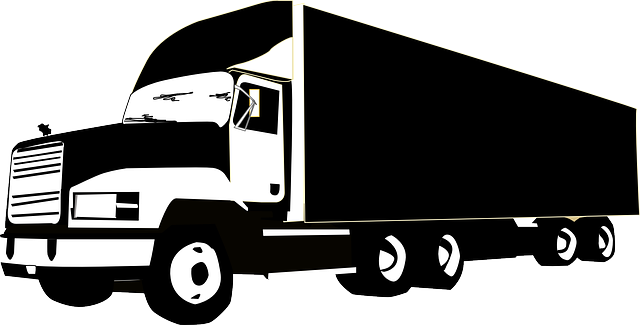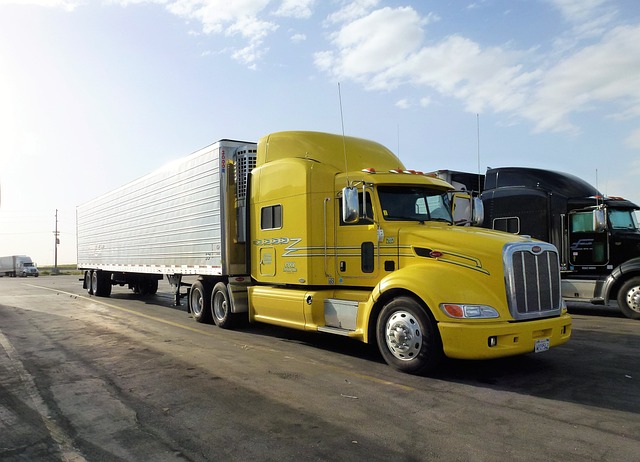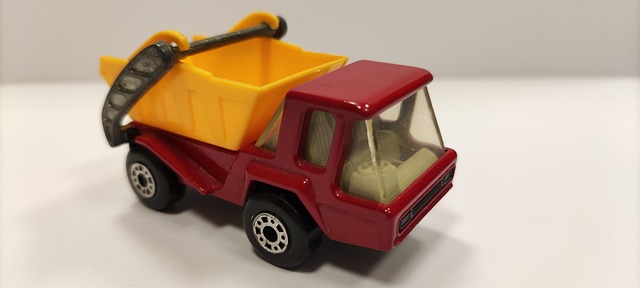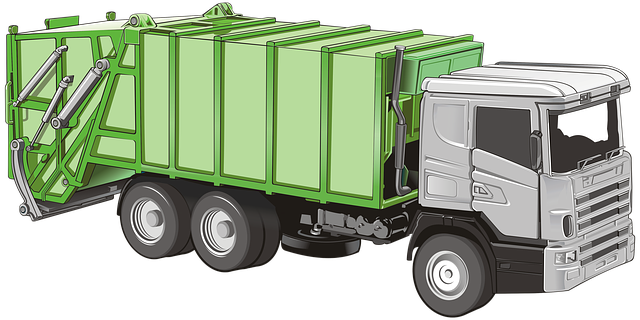Learn how to register your car in California with our comprehensive guide. From understanding the essential requirements for car registration to navigating the process of DMV VIN verification, we cover it all. Discover what documents you need and how to prepare your vehicle for inspection and title transfer. By following these steps, you’ll efficiently complete the registration process at the California DMV. Plus, find out about crucial post-registration steps and important considerations.
- Understand the Requirements for Car Registration in California
- Gather Necessary Documents for DMV Vin Verification
- Prepare Your Vehicle for Inspection and Title Transfer
- Complete the Registration Process at the California DMV
- Post-Registration Steps and Important Considerations
Understand the Requirements for Car Registration in California

Before you begin the registration process, it’s crucial to understand the requirements for car registration in California. The California Department of Motor Vehicles (DMV) mandates several key steps, including a thorough vehicle inspection and verification of your vehicle’s unique identifier, known as the Vehicle Identification Number (VIN). This VIN verification is a critical aspect of ensuring that your car meets all safety and emissions standards before it can be legally registered and operated within the state.
For convenience, many California residents opt for mobile VIN verifiers or conduct a VIN inspection using portable tools. These services streamline the process by allowing you to verify your car’s VIN at your location, saving time and effort compared to visiting a DMV office. With these methods, you can conveniently ensure that your vehicle meets all necessary criteria before initiating the registration paperwork.
Gather Necessary Documents for DMV Vin Verification

Before heading to the California Department of Motor Vehicles (DMV), make sure you have all the essential documents for a smooth dmv vin verification process. This includes your vehicle’s registration certificate, proof of insurance, and a valid driver’s license or state-issued ID. Additionally, gather important papers related to ownership, such as a purchase agreement or lease document. A mobile vin verifier can also be handy; these tools streamline the vin inspection process by enabling you to quickly access and share your vehicle’s unique identification number (VIN) with DMV staff.
Remember to bring along any other documentation requested by the DMV for your specific situation, as requirements may vary based on how you acquired the car. Having all these documents prepared will ensure a more efficient dmv vin verification experience.
Prepare Your Vehicle for Inspection and Title Transfer

Before you can register your car in California, make sure your vehicle is prepared for the inspection process. This includes ensuring that all required documents are up to date and easily accessible. One crucial step is to obtain a Vehicle Identification Number (VIN) verification from the DMV or through a mobile VIN verifier service. The DMV offers a VIN verification service where you can check the vehicle’s history and identify any potential issues. Alternatively, mobile VIN inspection services provide convenient options for those who prefer a more hands-off approach, allowing them to simply text or upload their VIN for instant information.
During this preparation, double-check that your title is transferable and free from any liens. Gather all necessary paperwork, including registration forms, proof of insurance, and emissions test results if applicable. Properly preparing your vehicle and documents will streamline the registration process at the California DMV, making it easier to complete the transaction efficiently.
Complete the Registration Process at the California DMV

After gathering all the necessary documents, it’s time to complete your car registration at the California Department of Motor Vehicles (DMV). This process involves several steps, including a critical dmv vin verification step to ensure the vehicle’s identity and history are accurately checked. You’ll need to visit a local DMV office with your car and all required paperwork. A helpful option is to schedule an appointment beforehand to streamline the process. During your visit, a DMV agent will review your documents, perform the vin inspection, and verify the vehicle’s information against their records. They will also conduct a safety inspection of your car to ensure it meets state standards. Once the dmv vin verification and inspections are complete, and all fees are paid, you’ll receive your registered vehicle title and license plate.
Post-Registration Steps and Important Considerations

After successfully registering your vehicle with the California Department of Motor Vehicles (DMV), there are several crucial post-registration steps to complete. One essential task is ensuring that your vehicle’s VIN (Vehicle Identification Number) is accurately verified by the DMV. This process, often referred to as a DMV vin verification, checks the integrity and authenticity of your car’s identification. It’s important to take this step promptly after registration, ideally within the first few days or weeks, to avoid any future complications.
Additionally, consider arranging a mobile vin inspection or mobile vin verification service, which can provide convenience and added peace of mind. These services send a professional inspector to your location, allowing for a swift and accurate check of your vehicle’s VIN and overall condition. This is particularly beneficial if you’ve recently purchased a used car or want a second opinion on the validity of your registration documents.
Registering a car in California involves several steps, from understanding the requirements to completing the DMV VIN verification process. By gathering all necessary documents, preparing your vehicle for inspection and title transfer, and following the registration process at the California DMV, you can ensure a smooth transition. Remember to take care of post-registration tasks and consider important factors for ongoing compliance, making your car’s registration a straightforward and successful experience.
